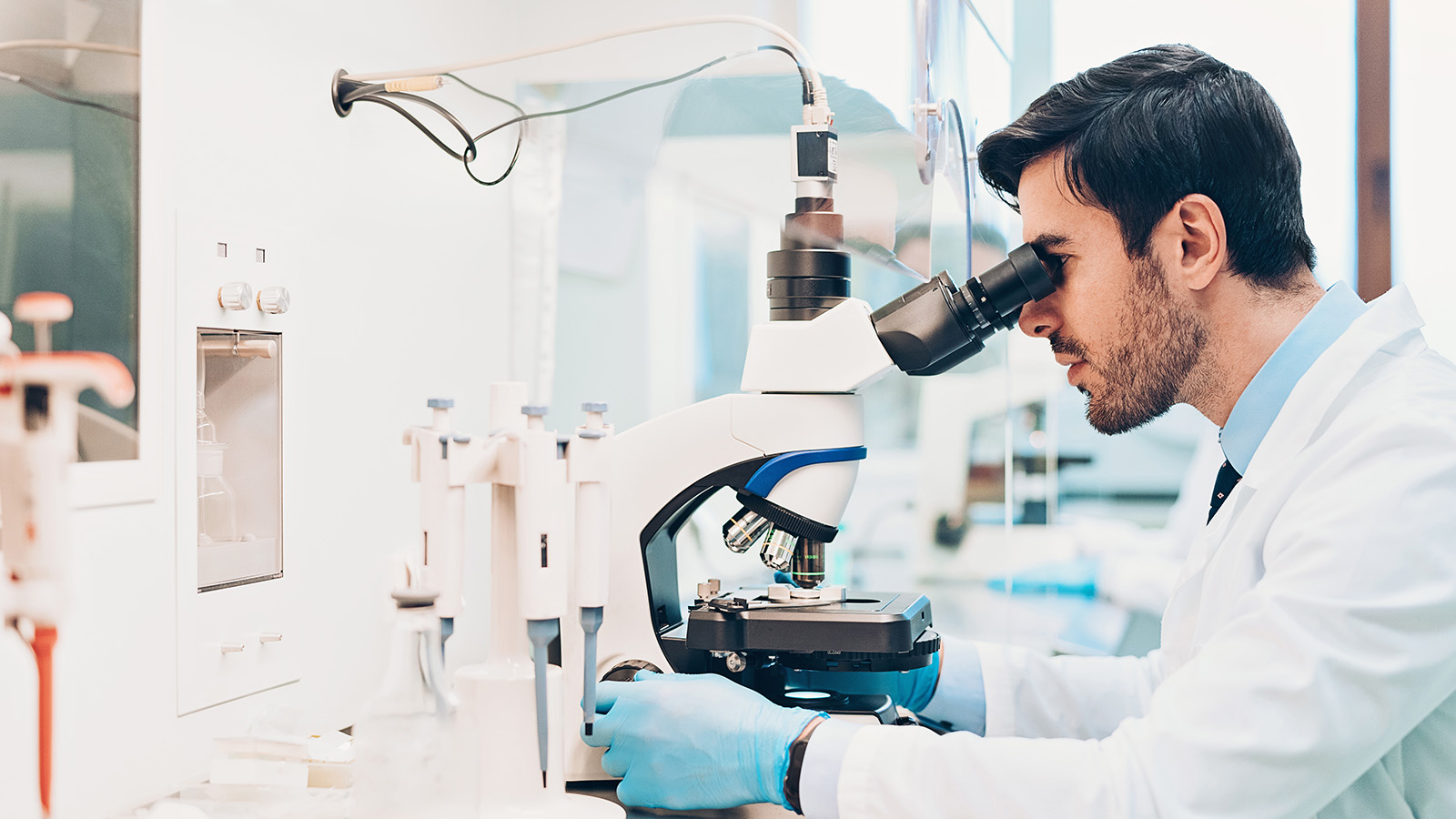Breast Cancer – What are biomarkers and how are they used

Researchers are learning more about how to treat cancer. They are finding out how some cells turn to cancer and how the cancer cells grow and spread. A lot of the research is in an area called biomarkers.
Biomarkers are things in the body that can be measured. They give clues about a person’s health. There are biomarkers for many diseases like heart disease or multiple sclerosis. There are also biomarkers that give information about cancer. Cancer biomarkers may be made by cancer cells or other cells in response to the cancer. Biomarkers might be found in a person’s blood, body tissues or the cancer tumor.
Biomarkers may help to:
- Tell if a person has cancer and what kind of cancer it is
- Predict how the cancer might progress
- Find the best treatment(s) for each person’s situation
Doctors use cancer biomarkers to monitor patients. If a treatment is working, biomarker levels will go down. When a patient is in remission, levels may be low or gone. If the cancer comes back, levels may get higher.
Different cancers have different biomarkers. Here are some examples of biomarkers in breast cancer.
Some breast cancers cells need hormones to grow. This kind of cancer is hormone receptor (HR) positive. These cells attach to hormones—either estrogen or testosterone—to develop and grow. In this case, the place where hormones attach (called a hormone receptor) becomes a biomarker. For example, doctors measure the estrogen receptor as a biomarker to detect estrogen-receptor positive cancer. If the estrogen receptor biomarker is found, doctors know that cancer needs estrogen to grow. So, the best treatment for this cancer is medication that prevents estrogen from attaching to the cancer cell. This is a therapy that targets the estrogen receptor and blocks estrogen from attaching to it. Without estrogen, that cancer can’t grow.
Another biomarker is the human epidermal growth factor receptor 2 (HER2) protein. Normal amounts of HER2 are important for healthy cells to live and grow. But when cancer cells have too much HER2 (or HER2-positive), they can grow and spread more quickly. If too much HER2 is found, the best treatment for that cancer is one that targets, or works against, HER2. This helps prevent these cancer cells from growing.
Tumor genetic biomarkers show changes (mutations) in a gene. Two examples of tumor genetic biomarkers are the breast cancer susceptibility gene (BRCA) 1 (Breast Cancer 1) and BRCA 2 (Breast Cancer 2) genes. BRCA 1 and BRCA 2 have abnormal changes that can cause cancer cells to grow. If a person has these gene changes, they can be treated with targeted therapies as well. These mutations can also increase the chances of a person getting certain cancers. It’s important to talk to your health care provider about your family history. Find out your risk and what type of screening or counseling is right for you.
As more biomarkers are discovered, doctors can prescribe more precise cancer treatments.
This information is not a substitute for medical advice or treatment. Talk to your doctor or health care provider about your medical condition and prior to starting any new treatment. CVS Specialty assumes no liability whatsoever for the information provided or for any diagnosis or treatment made as a result, nor is it responsible for the reliability of the content.
CVS Specialty does not operate all the websites/organizations listed here, nor is it responsible for the availability or reliability of their content. These listings do not imply or constitute an endorsement, sponsorship, or recommendation by CVS Specialty.
This page contains trademarks or registered trademarks of CVS Pharmacy, Inc. and/or one of its affiliates.
Your privacy is important to us. Our employees are trained regarding the appropriate way to handle your private health information.
